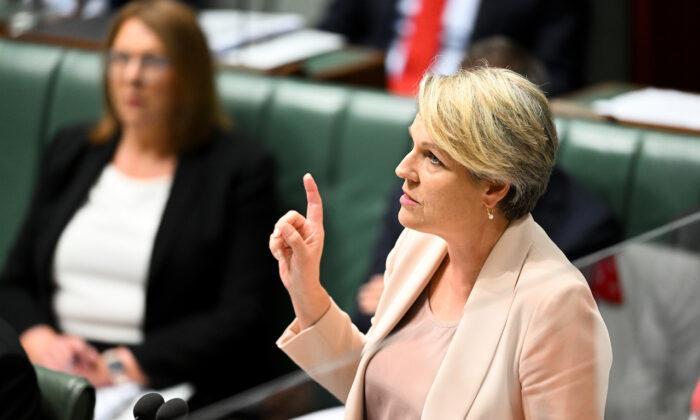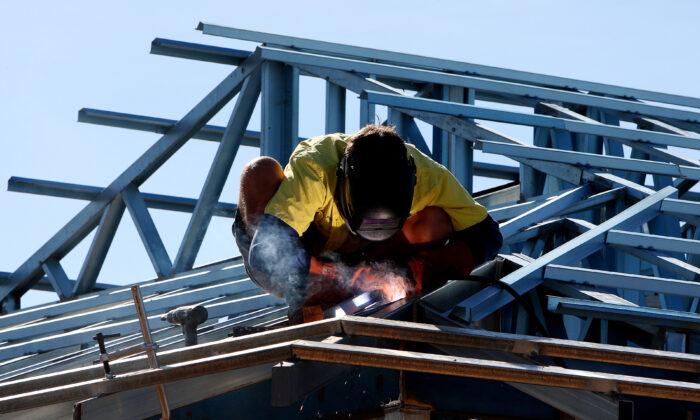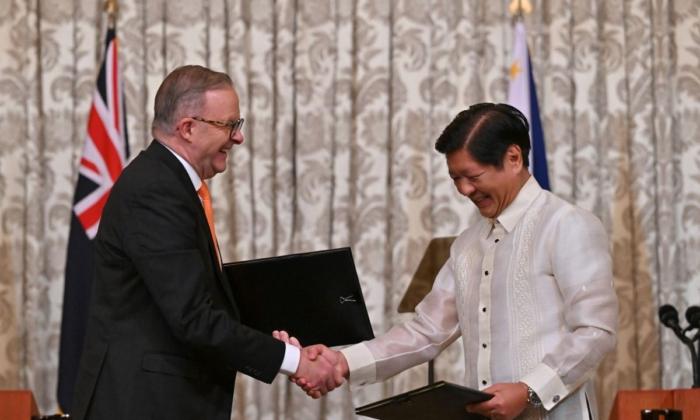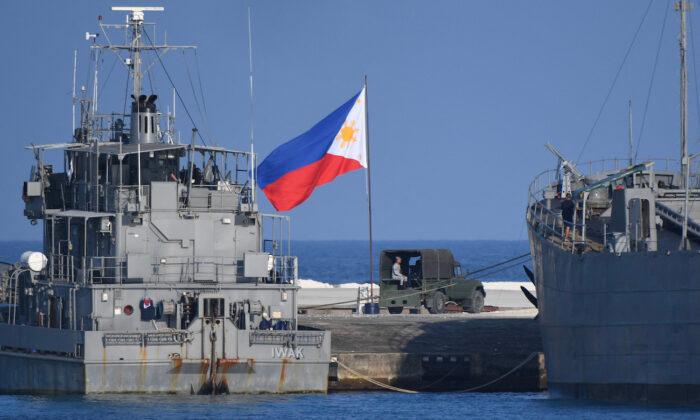The head of a peak Australian industry group has criticised the decision to close the border between New South Wales and Victoria arguing it will set back economic recovery.
The Ai Group is one of Australia’s oldest peak body employers with a 150-year history of working on behalf of businesses across Australia. It represents more than 60,000 businesses, with more than 1 million employees.
Willox argued: "The border closure puts up a Berlin Wall between our two biggest states which represent more than half our national economy, and cuts in two our country’s main economic artery.
“It is a sledge-hammer approach when what is required is a focused strategy that is community and hot-spot based and not based on arbitrary borders that split communities,” he said.
Willox’s main concern is for the freight hub that exists in the twin border cities: Albury and Wodonga; which he fears will be divided by a “show me your papers please” attitude that will slow down trucks.
“Freight must be waved through without any delay and police on both sides of the border should be given clear and consistent instructions rather than the vague directions that caused massive traffic jams and huge economic cost elsewhere,” he said.
“It represents a ring of containment for Victoria, which fits in with what we’ve also been doing at the local levels,” said Hunt.
“These are the steps that we always planned in the case of outbreaks, and now is the time to enact them in order to contain that spread,” he said.
In response to Willox’s comments, Hunt explained that the border closure stems from the federal government’s knowledge that the outbreak in Melbourne is not just in the northern and western suburbs of Melbourne.
“Nobody is being punished, everybody is being protected,” said Hunt.
Hunt also acknowledge that although social distancing requirements were difficult and challenging, they were “fundamental to protecting Australians.”
“Around the country, there is effectively zero community transmission in seven out of eight states and territories—we want to keep it that way,” he said.
Hunt then emphasised that the federal government’s primary focus would be to make sure the Victorian government could contain the spread of the outbreak “to protect Victorians” and the rest of Australia.
The outbreak occurred after failures in hotel quarantine allowed the virus to spread within certain suburbs in the city of Melbourne.




